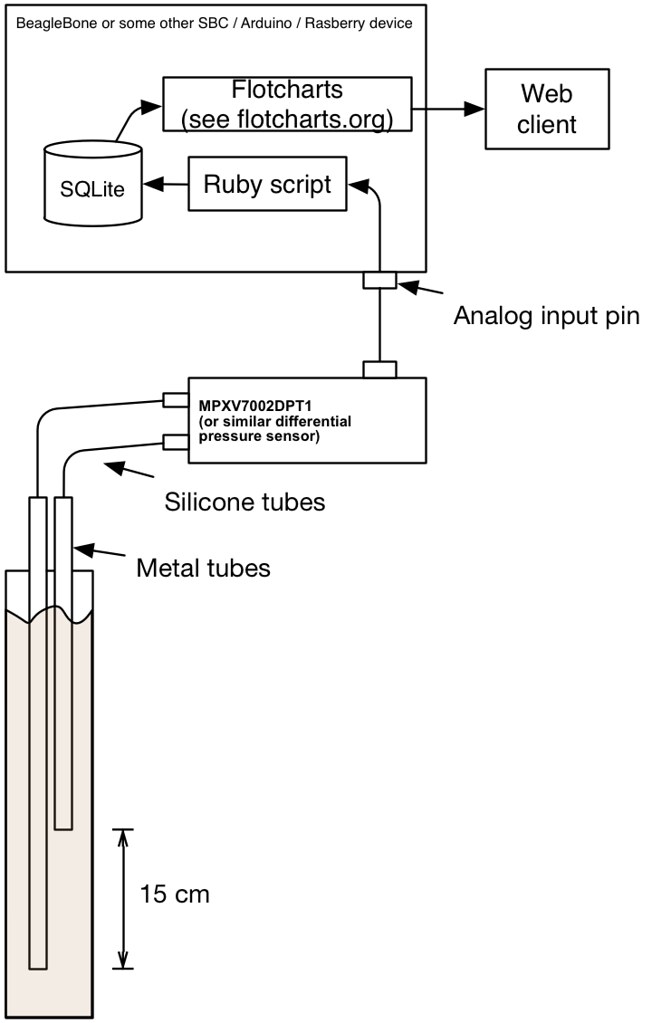I really should put my money where my mouth is before posting. Especially when I want to try something a lot of people have tried, but it never caught on. But, if anyone reads this and wants to run with my ideas, you'll probably outpace my trying to find time for the project.
I want to use a microcontroller for fermentation temperature control, and I've wanted to try my hand at Peltier thermo electric coolers. I know, sounds like there are some moderate successes at this, but not enough it's taken off. My take is this. I want to ferment directly in a cooler in order to insulate from outside temperature. I also want to use an aluminum heat transfer plate in the wort to directly couple the heat out of the cooler. (Many just use the fans to cool air above.)
With that background info, the relevance to this post topic is that I had considered fermentation monitoring since you have the microcontroller there anyway. That was to be an add on project *if* the TEC succeeded. Then I realized, fermentation should produce an amount of heat proportional to alcohol production. The thought is, if I (or you) can characterize the amount of heat that the TEC has to pump out of the cooler in order to maintain a temperature difference, you can then subtract that from the amount of heat you are pumping out of fermenting wort and get an estimate for free.
One more explanation? If you build a device that will keep water at a specified temperature, and you measure how much power it is taking to do it. Then if you use it to keep fermenting wort at that same temperature and count how much more power is required, the difference is an indication of heat produced and is proportional to alcohol production.
I'd never thought of it, but duty cycle on everyone's chest freezers might do the trick as well?
Any thoughts?
I am accumulating some parts for the experiment, and will post if I have any success, or maybe even a failure post.




















![Craft A Brew - Safale S-04 Dry Yeast - Fermentis - English Ale Dry Yeast - For English and American Ales and Hard Apple Ciders - Ingredients for Home Brewing - Beer Making Supplies - [1 Pack]](https://m.media-amazon.com/images/I/41fVGNh6JfL._SL500_.jpg)







































